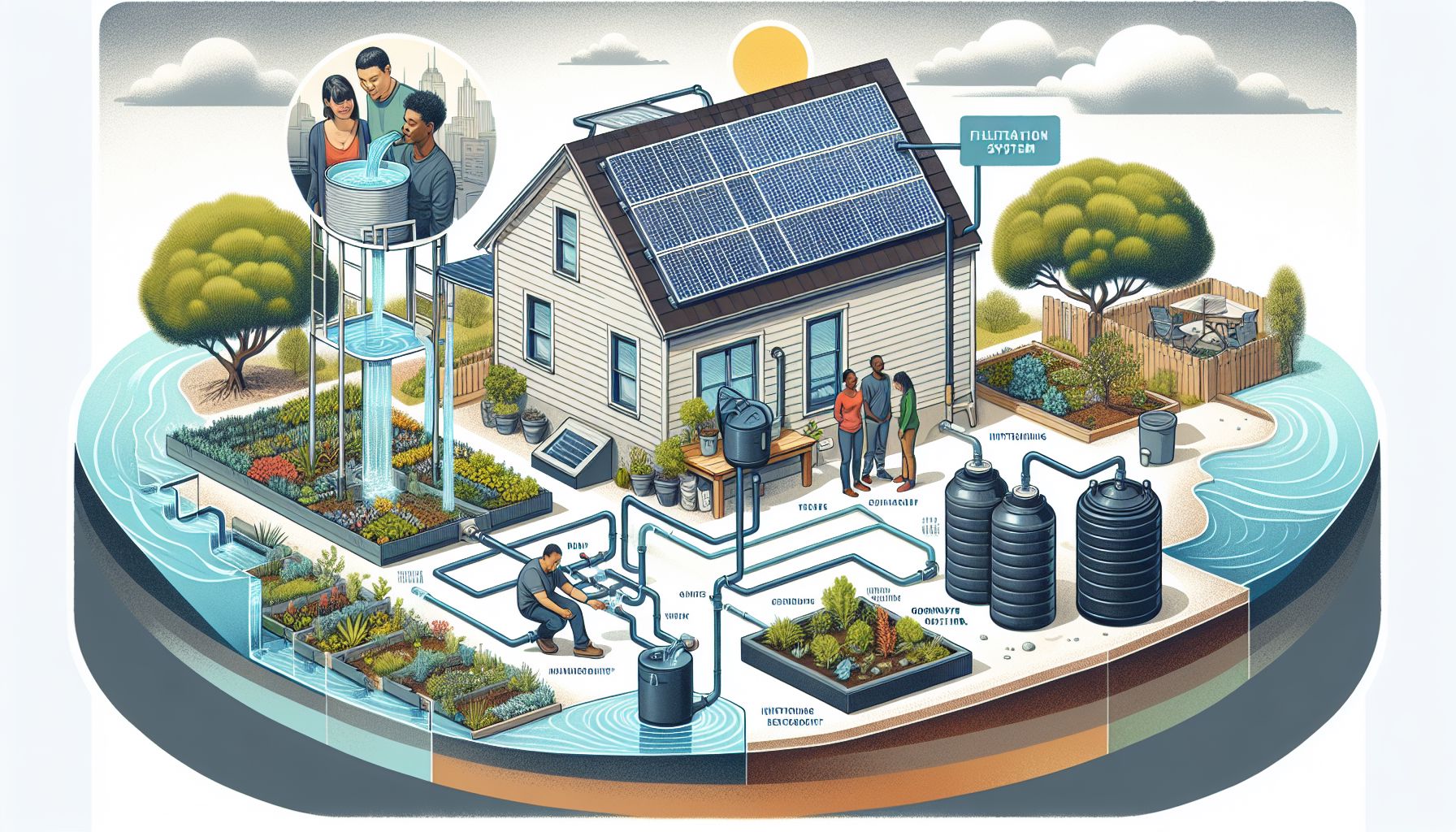Rainwater harvesting is a sustainable practice that has been gaining popularity in urban areas as a way to conserve water and reduce reliance on traditional water sources. With the increasing concerns about water scarcity and the need for sustainable water management practices, rainwater harvesting offers a simple yet effective solution for homeowners to collect and store rainwater for various uses.
Benefits of Rainwater Harvesting
There are several benefits of rainwater harvesting for urban households. Some of the key advantages include:
- Water Conservation: Rainwater harvesting helps reduce the demand on municipal water supplies, especially during periods of drought or water restrictions.
- Cost Savings: By using harvested rainwater for tasks such as watering the garden, washing the car, or flushing toilets, homeowners can reduce their water bills.
- Reduced Stormwater Runoff: Collecting rainwater helps prevent stormwater from carrying pollutants into rivers and streams, which can help improve water quality.
- Self-Sufficiency: Harvested rainwater can provide a backup water source during emergencies or in situations where access to clean water is limited.
Techniques for Rainwater Harvesting
There are several techniques that homeowners can use to harvest rainwater effectively. Some popular methods include:
-
Rain Barrels: Rain barrels are one of the simplest and most affordable ways to collect rainwater. They can be placed under downspouts to capture runoff from the roof and then used for watering plants or other non-potable uses.
-
Rainwater Tanks: Larger rainwater tanks or cisterns can be installed to collect and store rainwater on a larger scale. These tanks can be connected to the home’s plumbing system for indoor use, such as flushing toilets or doing laundry.
-
Green Roofs: Green roofs are a more innovative approach to rainwater harvesting, where plants or vegetation are grown on the roof to absorb rainwater and reduce runoff. The harvested water can then be used for irrigation or other purposes.
-
Permeable Pavement: Installing permeable pavement in driveways or walkways allows rainwater to filter through the surface and be collected in underground storage tanks. This helps reduce stormwater runoff and recharge groundwater.
Case Study: Singapore’s Integrated Water Management System
Singapore is a prime example of a city that has successfully implemented rainwater harvesting techniques on a large scale. The city-state has limited water resources and relies on imported water from neighboring countries. To reduce its dependence on external sources and ensure water security, Singapore has implemented a holistic approach to water management, including rainwater harvesting.
One of the key components of Singapore’s water management system is the extensive use of green roofs and permeable pavement in buildings and public spaces. These green infrastructure solutions help capture rainwater, reduce heat island effects, and enhance biodiversity in urban areas. In addition to capturing rainwater, Singapore also treats and recycles wastewater for non-potable uses, such as irrigation and industrial processes.
Conclusion
Rainwater harvesting is a sustainable practice that offers numerous benefits for urban households, including water conservation, cost savings, and reduced stormwater runoff. By implementing simple techniques such as rain barrels, rainwater tanks, and green roofs, homeowners can contribute to water conservation efforts and promote sustainable water management practices in their communities.
Sources:
1. https://www.epa.gov/sites/production/files/2019-04/documents/rainwater_guide.pdf
2. https://www.pub.gov.sg/watersupply/singaporewaterstory
